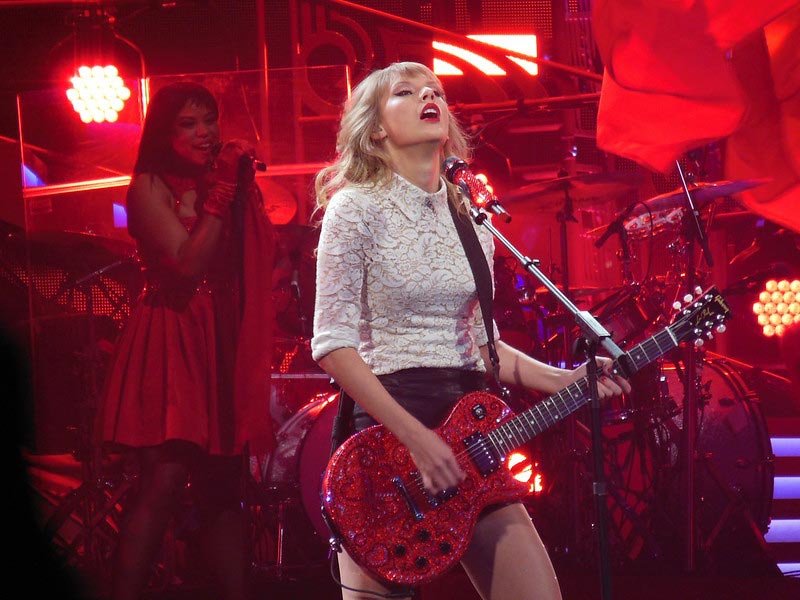Pop Music Present: A Look at What Distinguishes Today’s Contemporary Sound


El Valle Grita – In recent years, digital technology has revolutionized pop music production. Artists now have access to sophisticated software, which allows them to manipulate sounds in innovative ways. Programs like Logic Pro, Ableton Live, and FL Studio offer powerful tools that enable musicians to create tracks from their bedrooms. As a result, the democratization of music production has led to a surge in diverse voices and experimental sounds within the genre.
Moreover, sampling has become a hallmark of modern pop music. Producers often incorporate snippets of older tracks or unexpected sound bites. This method creates a rich collage of influences that resonates with audiences. For instance, songs that combine hip-hop, electronic, and classical elements are gaining popularity. This blending not only showcases the versatility of artists but also challenges listeners’ expectations.
“Read More: Delta Force Garena Released on Android and iOS Phones, What’s in the New Season?”
Genre Blurring: A New Era of Collaborations
Another defining feature of contemporary pop is the blurring of genre boundaries. Artists no longer confine themselves to a single genre. Instead, they collaborate across musical styles, creating fresh and exciting new sounds. Frequently, partnerships occur between pop stars and musicians from country, rock, or EDM backgrounds. These collaborations often result in chart-topping hits and wider audience appeal.
For example, the collaboration between Lil Nas X and Billy Ray Cyrus on Old Town Road successfully merged country and rap. Its massive success sparked conversations about genre classification. Consequently, these collaborative efforts demonstrate how pop music functions as a melting pot of musical traditions.
“Read About: The Truth About Jennifer Lopez Feud According to Leah Remini”
Social Media and Its Impact on Music Discovery
Social media platforms play a crucial role in promoting and discovering new music today. Artists harness the power of TikTok, Instagram, and YouTube to share content and engage directly with fans. In many cases, viral challenges and trends significantly boost streams and sales.
For example, a song that gains traction on TikTok can receive millions of views overnight. As a result, traditional marketing strategies have shifted. Record labels now focus on viral potential and user-generated content. In addition, new artists can enter the mainstream without major label backing, further diversifying the pop soundscape.
Lyrical Themes and Relatability
Today’s pop music often explores themes that resonate on a personal level with listeners. Topics such as mental health, identity, love, and social justice are increasingly common. Artists use their platforms to address these issues, fostering deeper connections with fans.
Furthermore, this shift toward vulnerability in songwriting allows listeners to feel seen and understood. Billie Eilish’s introspective lyrics, for instance, tackle topics like anxiety and self-acceptance. Consequently, her music speaks to a generation dealing with similar emotions. This trend reflects a broader cultural movement toward authenticity and transparency.
Global Influences in Pop Music
Contemporary pop also draws inspiration from global sounds and rhythms. The globalization of music has made it easier for artists to explore diverse influences. As a result, K-pop, Latin pop, and Afrobeat have gained massive international followings.
Artists like BTS, Bad Bunny, and Burna Boy introduce unique musical elements that enrich the genre. Moreover, collaborations between Western and international artists have become increasingly common. This fusion of styles not only broadens pop music’s appeal but also promotes cross-cultural exchange.